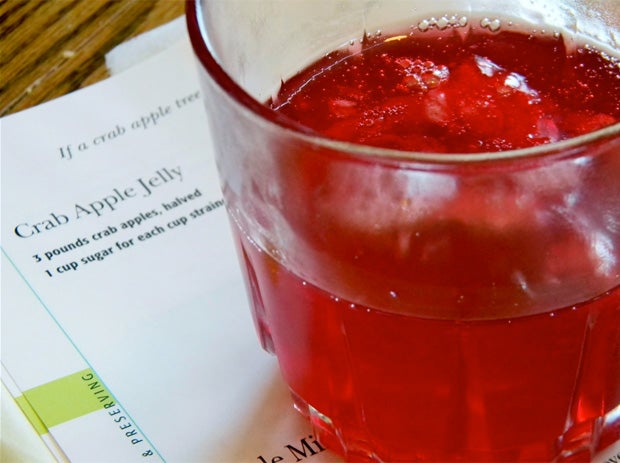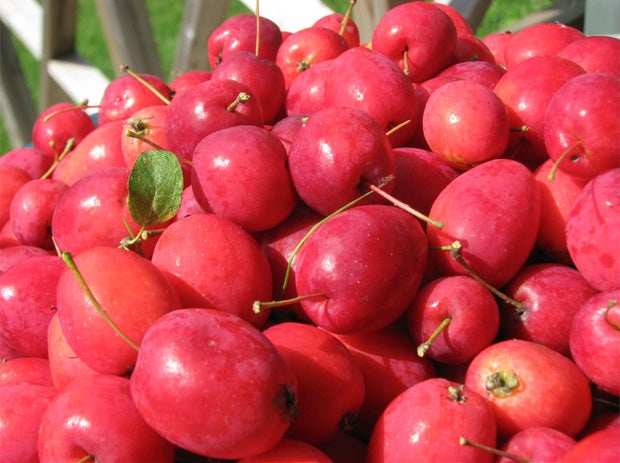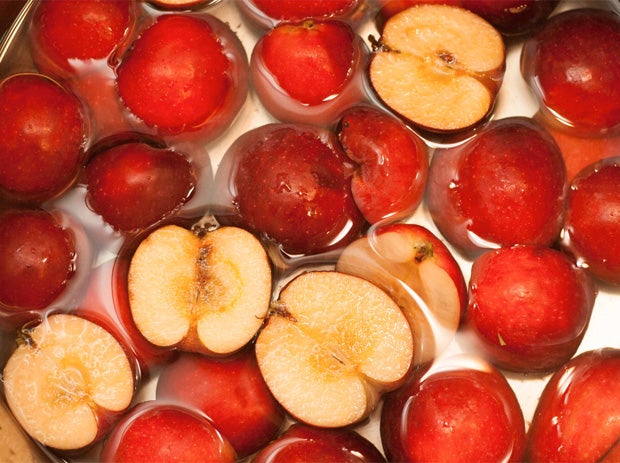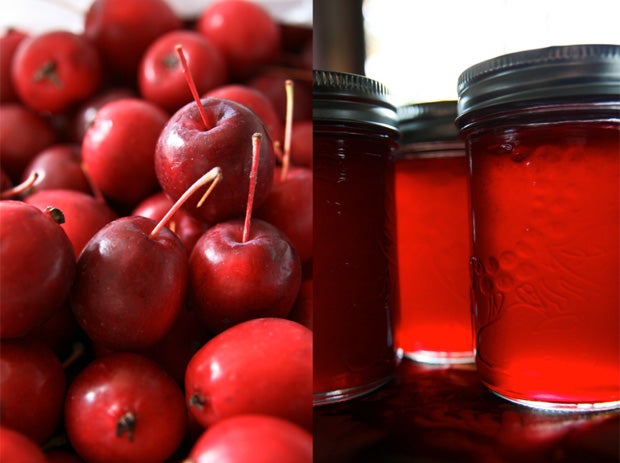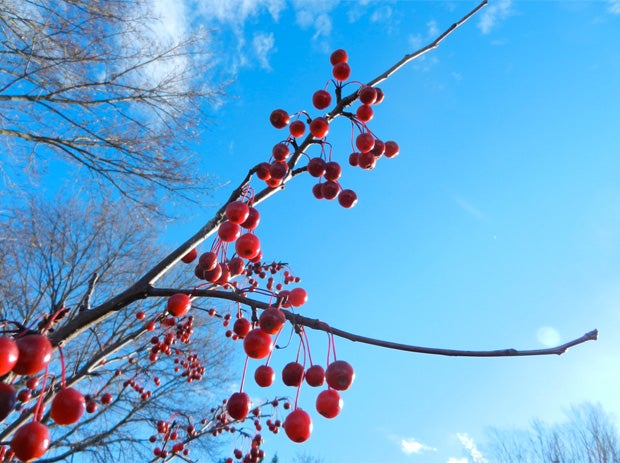A new take on the crabapple tree
ListenMike explains why overfeeding your lawn can harm the trees in your landscape, how to build a raised bed garden, when and how to prune Scotch Brooms, what do do with peeling sycamore bark, and the best crabapples to use for jelly-making.
Question of the Week:
My mother used to make wonderful crabapple jelly from my grandpa’s trees in Illinois, and now I’m looking to do the same—but I’m having trouble selecting a variety. There are so many out there, and most of the information I’ve found relates to ornamental use, not culinary. I want a hearty tree (or two) with both good looks and good fruit. Dolgo is a name that comes up often, but some sources say it needs spraying and others not. I’m confused!
— Julie from Fairless Hills in Bucks County, PA
Learn what crabapples make the best jelly »
Slideshow below: Crabapple jelly
Highlights from show for August 10, 2013:
Overfeeding your lawn can harm your trees
Philamena’s weeping cherry trees in Merion Station, Pennsylvania seem to have developed a white coating all over the bark of the trees. Mike determines that a probable cause is from overfeeding the lawn. “Don’t let them feed your lawn again, I wouldn’t even feed it in the fall if it’s been fed all these times. Starting next year, just once in the spring and once in the fall,” he advises.
The right width for a raised bed
Andy in Fort Wayne, Indiana has a couple of raised bed gardens that are being overgrown with grass. Unfortunately, though, his beds are were created larger than 4 feet wide so he needs to step inside of it to have access to some of the plants. “You’ve got soil compaction going on and you’re probably seeding some of the grass with your feet. Try remaking a couple of them and knocking them down to 4 feet,” Mike says.
When and how to prune Scotch Brooms
In Cape May, New Jersey, Sue has a few Scotch Broom plants that are looking slightly depressing and need some help if they are going to survive. “The first time you would want to prune them would be after flowering again next year…make sure there’s no mulch around them, maybe give them a little compost to say you’re sorry. After the flowering period is over you could cut them back by a third, if there’s life left in them, that will stimulate the life to come back,” Mike explains.
“That tree is not sick, it’s a sycamore!”
Michael in Chadds Ford, Pennsylvania needs to find a better way to pick up all the shredded bark from his sycamore that is all over his lawn. Mike encourages him to look into coy pond netting which is laid down on top of the grass where the tree sheds bark. Once it is on the lawn it is practically invisible and has holes in the netting that are small enough to catch all the bark so that at the end of summer, he can simply roll up the netting with the bark inside to clear his lawn.
Getting the best out of your tomato plants
Barbara’s tomato plants in King of Prussia, Pennsylvania are only just starting to flower now and she wants to know what she can do to help them along. After deducing that her plants are probably due for a feeding, Mike recommends that she “go right out to a really good garden center and get liquid fish and seaweed fertilizer and get out there and fertilize those plants!”
— This week’s post was written by Jolie Higazi, You Bet Your Garden Intern
WHYY is your source for fact-based, in-depth journalism and information. As a nonprofit organization, we rely on financial support from readers like you. Please give today.


